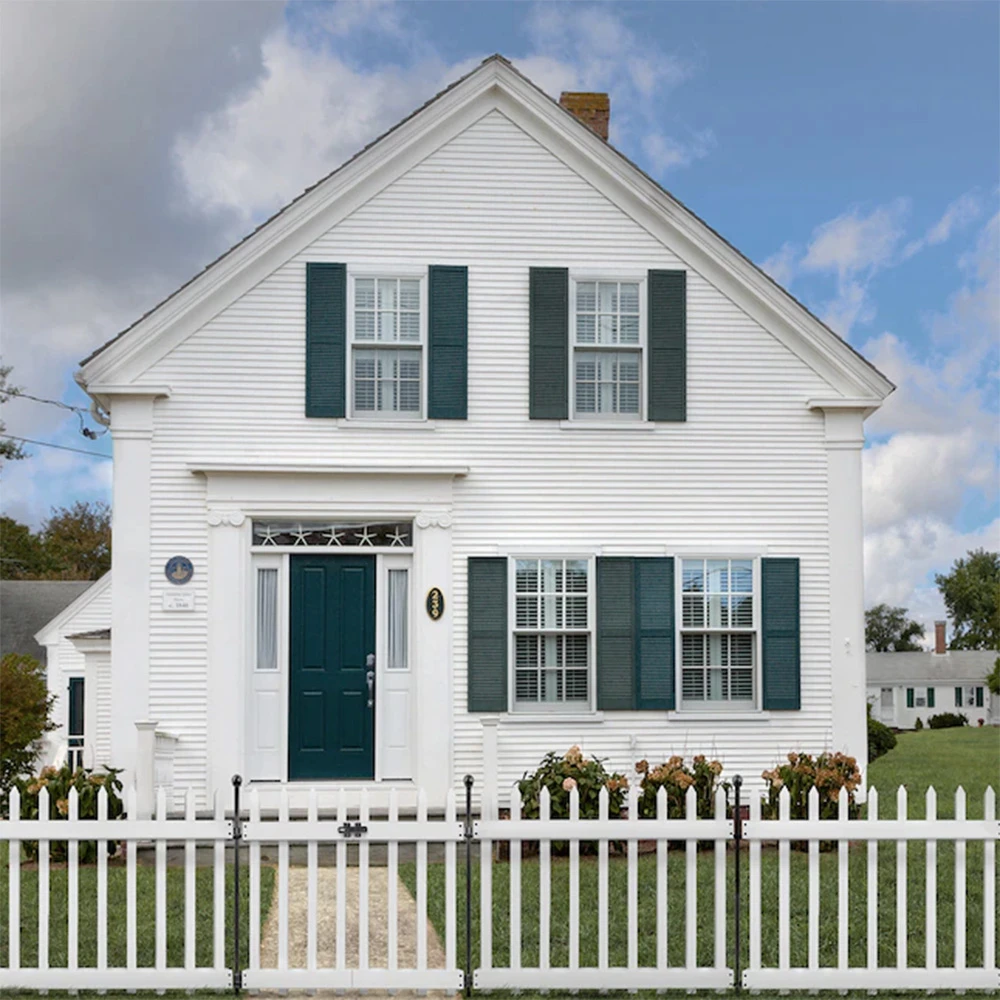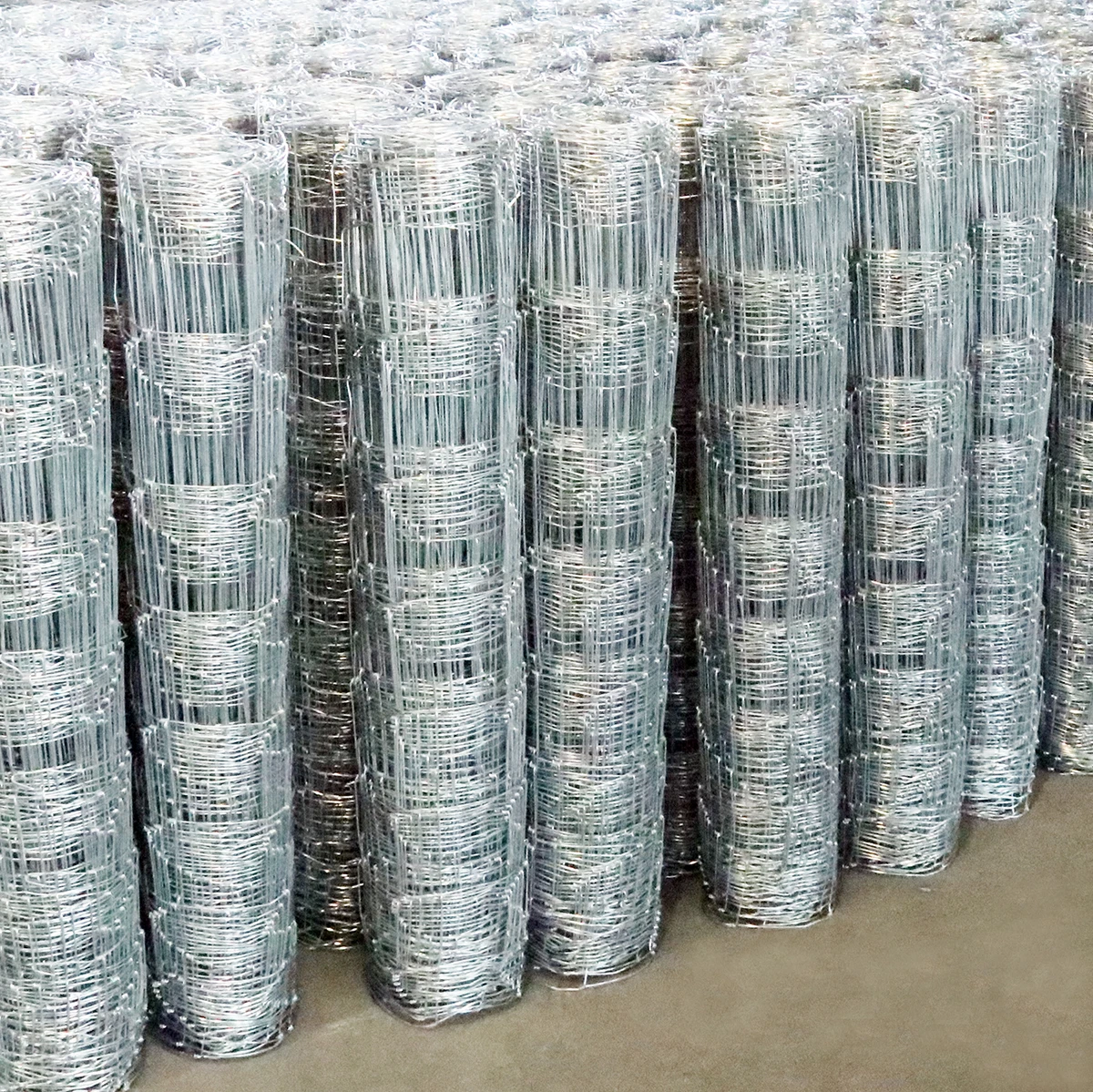Guide to Installing Metal Lawn Edging for a Neat and Stylish Garden Look
نوفمبر . 09, 2024 01:26
Installing Metal Lawn Edging A Step-by-Step Guide
Metal lawn edging is an excellent addition to your garden, offering both aesthetic appeal and functional benefits. It effectively defines garden boundaries, prevents grass from encroaching into flower beds, and helps maintain a clean and tidy appearance. With the right tools and a bit of patience, you can install metal lawn edging with ease. This guide will walk you through the steps to ensure a successful installation.
Step 1 Gather Your Materials and Tools
Before starting your project, ensure you have all necessary materials and tools. For metal lawn edging, you'll need
- Metal edging strips (galvanized steel or aluminum are popular choices) - Spikes or stakes (often included with the edging) - A rubber mallet - A measuring tape - A garden spade or shovel - A level - A pair of gardening gloves
Having these items ready will streamline your installation process and help you avoid unnecessary trips to the store.
Step 2 Plan Your Design
Before digging in, take a moment to plan your design. Consider the layout of your garden, the shape of the edging you desire, and how it will complement your landscaping. Use a measuring tape to mark straight lines or plan curves based on your design idea. You can use stakes and string to outline the area where you’ll be placing the edging, ensuring a visual reference as you go along.
Step 3 Prepare the Ground
Once you have your layout planned, it’s time to prepare the ground. Begin by removing any sod or soil along the marked area where you will install the edging. Use a garden spade to dig a trench that is approximately 3-5 inches deep, ensuring the trench is wide enough to accommodate the metal edging. The depth will depend on the height of the edging you choose.
installing metal lawn edging

Step 4 Install the Edging
With the trench ready, it’s time to install the edging. Begin by placing the first metal strip at one end of the trench, ensuring it sits at a depth that will allow the top edge to be level with the surrounding soil. If you’re using a series of strips, connect them as you go along. Most metal edging comes with connecting pieces or overlaps to ensure a seamless look.
As you place each strip, use a rubber mallet to gently tap down the edging, ensuring it is firmly seated in the ground. Check the level as you go, making adjustments where necessary to keep the top edge even across the entire length.
Step 5 Secure the Edging
After the edging is in place, it needs to be secured. Drive the provided spikes or stakes into the ground along the edging, at intervals recommended by the manufacturer (typically every 3-4 feet). This will keep the edging stable and prevent it from shifting over time.
Step 6 Backfill and Finish
Once the edging is secured, backfill the trench with the soil you removed earlier, ensuring to pack it down gently to eliminate air gaps. You can also add mulch or decorative stones to enhance the look of your garden beds. Finally, clean up any excess dirt and debris to leave your garden looking pristine.
Step 7 Maintain Your Edging
Regular maintenance will help keep your metal edging looking its best. Occasionally check for any shifts or rust, especially if you’ve chosen a material prone to corrosion. A protective coating can also prolong its life and maintain its appearance.
In conclusion, installing metal lawn edging is a straightforward DIY project that can greatly enhance your garden's appearance. With careful planning and execution, you can achieve beautiful and functional garden borders that will last for years to come. Happy gardening!









 Unity
Unity Creation
Creation Challenge
Challenge Contribution
Contribution










